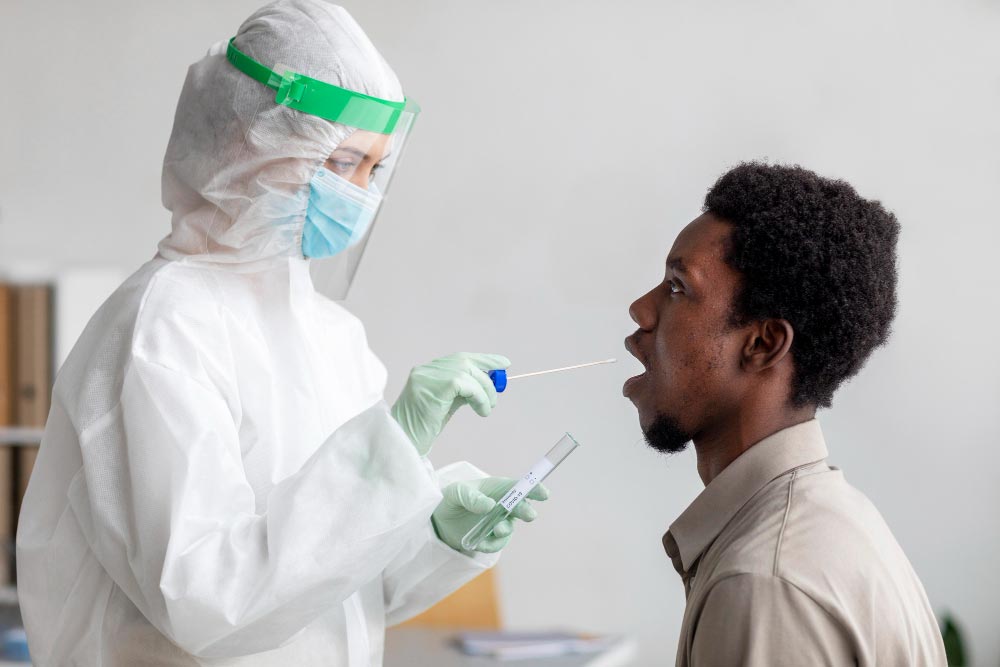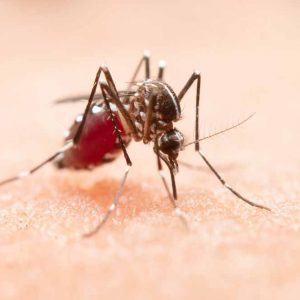In the realm of infectious diseases, few have garnered as much attention and fear as the Ebola virus. With its history of deadly outbreaks and potential for global health crises, understanding Ebola is paramount. This blog delves into the origins, transmission, impacts, and scientific advancements surrounding this enigmatic virus.
Origins and Transmission
Ebola virus disease (EVD) first emerged in 1976 in the Democratic Republic of Congo and Sudan. Named after the Ebola River, where the initial outbreak occurred, the virus belongs to the Filoviridae family. It is primarily transmitted to humans from wild animals and then spreads through human-to-human contact via direct contact with the blood, secretions, organs, or other bodily fluids of infected individuals.
Symptoms and Impacts
EVD presents with a range of symptoms, including fever, fatigue, muscle pain, headache, and in severe cases, internal and external bleeding. The mortality rate has varied across outbreaks, with some reaching as high as 90%. These outbreaks have not only caused loss of life but have also strained healthcare systems, economies, and societal structures in affected regions.
Global Response and Challenges
International organizations, governments, and researchers have worked collectively to combat Ebola outbreaks. Improved surveillance, early detection, isolation protocols, and public awareness campaigns have played vital roles in minimizing the virus’s impact. However, challenges persist, including logistical hurdles, cultural practices, and misinformation.
Scientific Breakthroughs and Vaccines
Scientific advancements have led to a deeper understanding of Ebola’s molecular biology, aiding the development of potential treatments and vaccines. The rVSV-ZEBOV-GP vaccine, for instance, showed promise during the West Africa outbreak, demonstrating effectiveness in clinical trials. This breakthrough marked a turning point in Ebola management.
Conclusion
The story of Ebola is one of devastation and resilience, of scientific pursuit and societal cooperation. While outbreaks continue to pose threats, our understanding of the virus has grown, leading to better preventive measures and treatment options. By learning from past experiences and continuously pushing the boundaries of medical research, we inch closer to a world where Ebola is no longer a formidable global health challenge.















